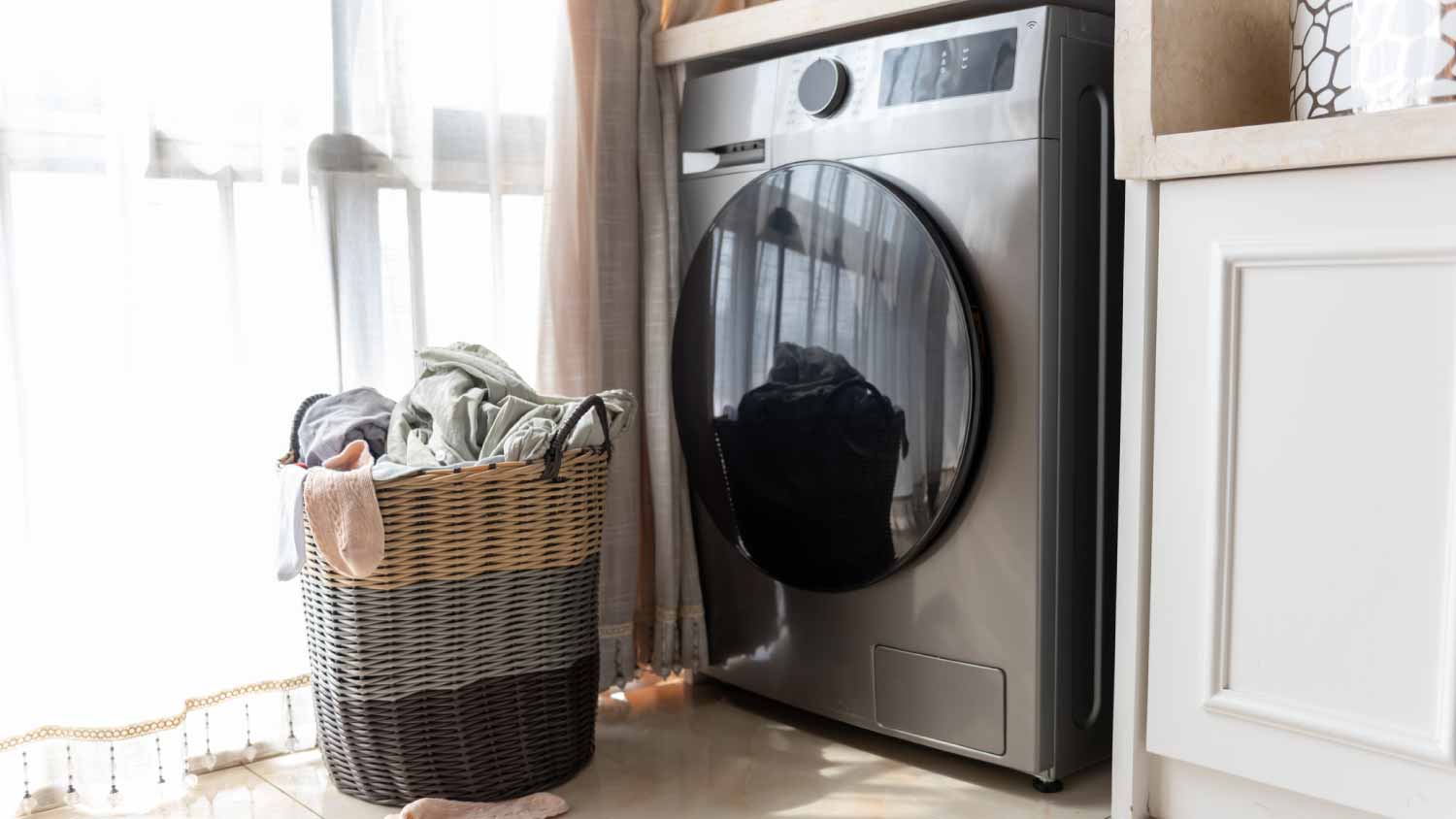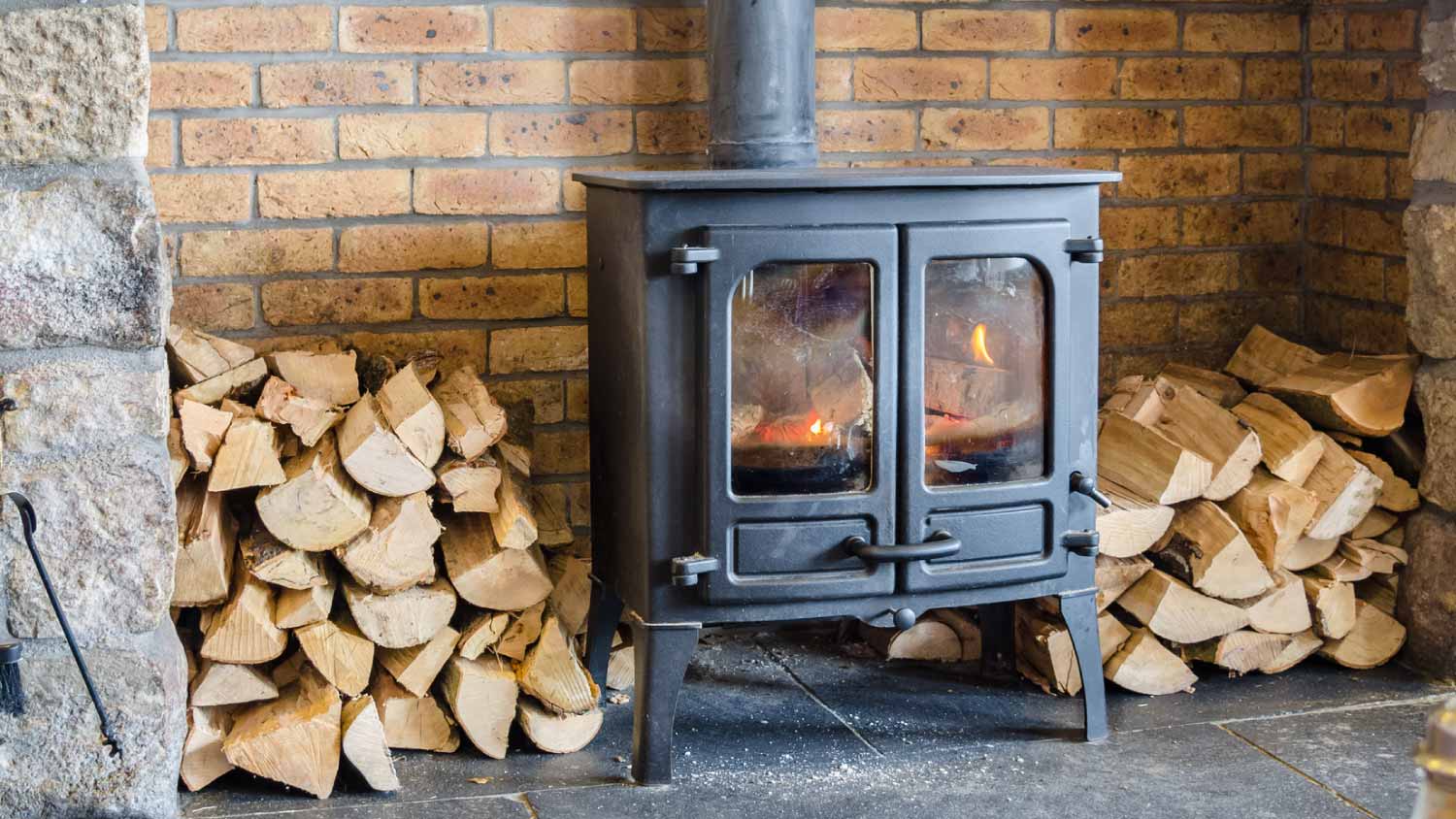Simple Fixes for 5 of the Most Common Refrigerator Problems
A troubleshooting guide for a fridge on the fritz
.jpeg?impolicy=leadImage)
.jpeg?impolicy=leadImage)
Many fridge issues are simple and straightforward to repair.
Dirty condenser coils can cause fridge and freezer temperature problems.
Clogged defrost drains commonly cause water leaks.
If troubleshooting doesn’t work, call an appliance repair professional for help.
We’ve all been there—heading into the kitchen for a midnight snack, and bam! You step right in the middle of a puddle of water leaking from your fridge. Instead of a hunger craving, you’ve got wet socks and a broken fridge. Some common refrigerator problems are simple DIYs, but others may require a local professional refrigerator repair person. Here are the most common refrigerator repair problems and how to fix them.
1. Water Is Leaking on the Floor
A puddle on the floor, one of the most common refrigerator problems, can stem from a few parts. Ice makers, water dispensers, and filters are notorious leakers. However, the most likely culprit is a clogged defrost drain—the part that removes runoff as your unit automatically defrosts. If the drain becomes clogged with dust, dirt, or hair, the runoff won't drain properly and will end up exactly where you don’t want it.
Unclog Your Defrost Drain
Cleaning a clogged defrost drain is a relatively simple process. Look in your refrigerator manual to locate your defrost drain, and take the appropriate steps to unclog it (flushing your drain with warm water will often do the trick).
2. Ice Buildup in Freezer
Ice buildup in your freezer can lead to serious problems. The thick buildup can make your fridge and freezer struggle to maintain the cool temps necessary to preserve your food. Not only does frost buildup affect the way your food tastes, but it can also cause your food to go bad sooner.
Frost or ice buildup in the freezer is caused by humidity created by placing overly warm food in the fridge, placing partially thawed food in the freezer, and over- or under-loading your freezer compartment. If you deem yourself a responsible fridge “loader,” consider these next steps:
Remove Ice or Frost Buildup
With towels on hand, remove everything from your freezer and unplug the unit. Open the freezer door, wait for all the ice to melt, and dry the interior completely before reconnecting to the power source.
Replace Faulty Door Seal
Cold air can escape via gaps between the fridge door and the rubber gasket or seal that runs the entire door length, causing condensation to build up and freeze. Replacing a faulty door seal is a simple process, though. First, check your manual or the manufacturer’s website and order the appropriate gasket online. Loosen the screws around the bracket that holds the original seal in place and pull gently on the seal to remove. Sub the old gasket for your new one and tighten the screws.
Troubleshoot Your Defrost Sensor
If you’ve ruled out other causes, the ice buildup in your freezer could be due to a faulty defrost sensor. The defrost sensor tells the motor when to turn on. If it doesn’t turn on as appropriate, ice accumulates. Replacing a defrost sensor requires replacing the fuse. You’ll need to enlist a professional appliance tech for this job.
3. Freezer Isn’t Cold Enough
If your freezer isn’t maintaining a cold temperature, you’ll get hit twice. Once with a boatload of spoiled food and again with a high utility bill. Here are a few things you can check before calling a local appliance repair tech.
Check Your Door Seal
If the seal between the door and the unit is loose, broken, cracked, or otherwise damaged, cold air from the freezer compartment leaks out into the kitchen, causing freezer temp to spike.
Clean Your Condenser Coils
Dirty condenser coils on the back of the unit mean the condenser cannot exchange heat effectively. To clean them, unplug the unit and use a narrow vacuum hose attachment to remove all loose dust, dirt, and debris from the coils and around the unit. Then, gently scrape away dirt and grime from the coils themselves using a scrub brush before plugging back in.
4. Unit Is Constantly Cycling or Running
If you notice that your refrigerator motor is constantly running, your fridge is likely struggling to maintain adequate temps. This could mean you have a faulty defrost switch, your condenser coils are dirty, or you could have a faulty thermostat. Follow the above steps to clean your condenser coils (as well as cleaning your fridge) and check your door seals.
Troubleshoot Your Thermostat
A faulty thermostat could be at the bottom of a constantly cycling fridge. If you notice that the temperature in your refrigerator is inconsistent—warm in some spots and icy cold in others—the thermostat is a likely culprit.
5. Food in Fridge Is Freezing

If the food in your refrigerator is freezing, check the temperature setting. The ideal fridge temp is between 36 degrees and 40 degrees. Check your condenser coils and door gaskets if your temperature setting is okay. If the unit is constantly running to maintain adequate freezer temperatures, the fridge compartment can easily become too cold and freeze food.
Check Your Defrost Motor
When you change your refrigerator's cooling setting, the defrost motor should respond. If your unit is still too cold after raising the temp, your defrost motor might be faulty and need replacement.
When to Call a Professional
While issues like defrosting your freezer or unclogging the drain are simple DIY fixes, some common refrigerator issues require a professional. If your unit is still causing problems after completing the appropriate troubleshooting steps, it’s best to call a local appliance repair technician to come take a look. You’ll feel better knowing that your more complicated repairs are resolved correctly without voiding your warranty.



.jpg?impolicy=leadImage)

- Appliance Repair Companies
- Washing Machine Repair
- Dryer Repair
- Refrigerator Repair
- Dishwasher Repair
- Oven Repair
- Wood & Pellet Stove Repair
- Freezer Repair Services
- Wood Stove Services
- Gas Stove Repair
- Emergency Appliance Repair Companies
- Ice Maker Repair
- Gas Appliance Repair
- GE Appliance Repair
- GE Refrigerator Repair
- GE Dryer Repair
- GE Dishwasher Repair
- GE Washing Machine Repair
- Samsung Appliance Repair
- Samsung Refrigerator Repair
- Samsung Dryer Repair
- Samsung Washer Repair
- Samsung Dishwasher Repair
- Samsung Oven Repair
- Whirlpool Repair
- Whirlpool Refrigerator Repair
- Whirlpool Washer Repair
- Whirlpool Dryer Repair
- Whirlpool Oven Repair
- Maytag Appliance Repair
- Maytag Refrigerator Repair
- Maytag Washer Repair
- Maytag Dryer Repair
- Maytag Dishwasher Repair
- Kitchenaid Appliance Repair
- Kitchenaid Oven Repair
- Kitchenaid Refrigerator Repair
- Kenmore Appliance Repair
- Kenmore Dishwasher Repair
- Kenmore Washer Repair
- Kenmore Dryer Repair
- LG Refrigerator Repair
- Bosch Appliance Repair
- Kenmore Refrigerator Repair
- LG Appliance Repair Services
- GE Microwave Repair
- Electrolux Appliance Repair
- Electrolux Washer Repair
- Kitchenaid Dishwasher Repair Services
- Wood Stove Inspection
- Dishwasher Installation
- Trash Compactor Repair










